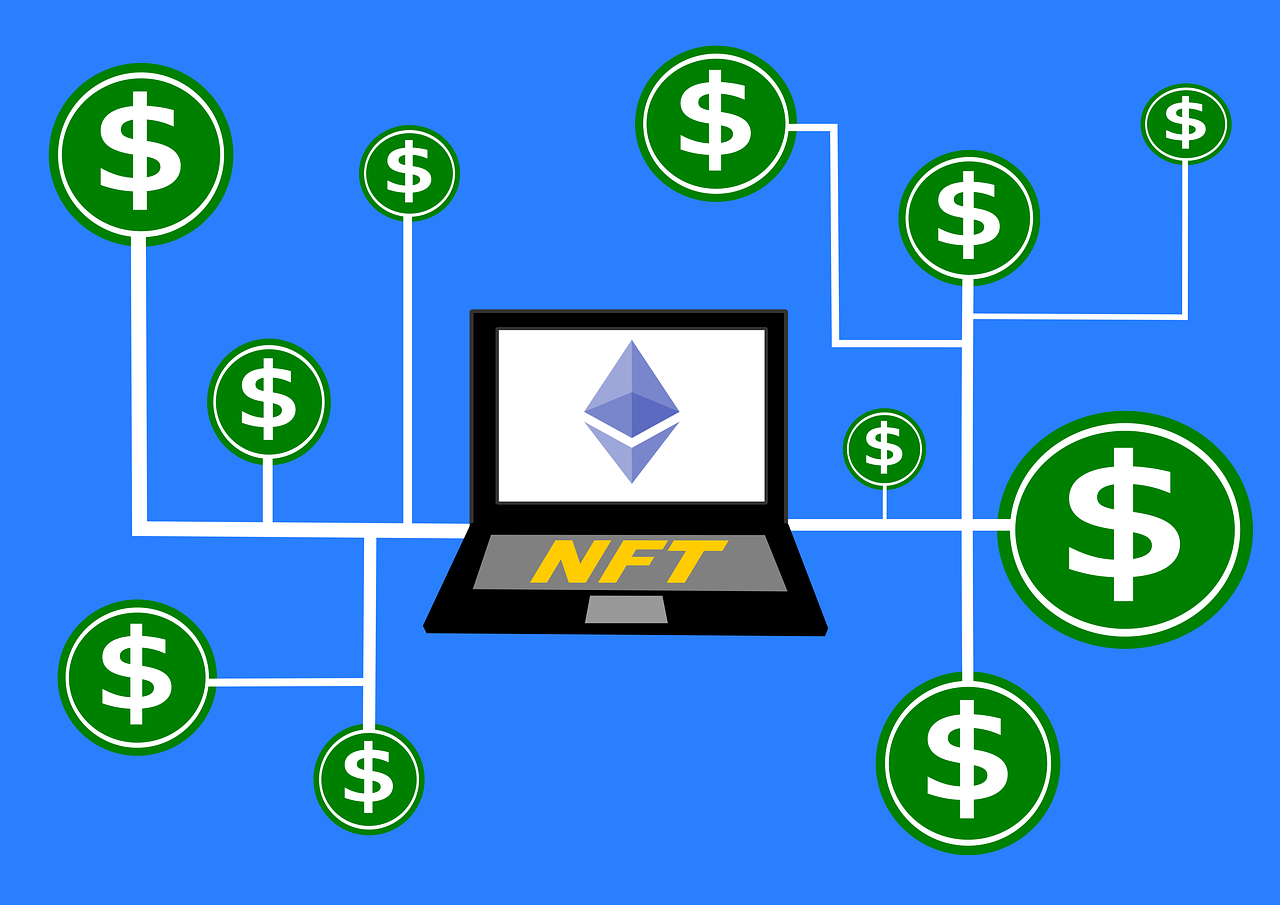
10 Jul CRYPTO FUTURIST: WHAT IS CRYPTOCURRENCY?
Ask a crypto futurist or keynote speaker and they’ll tell you that currency is a digital or virtual form of money that uses cryptography for secure financial transactions, control the creation of new units and verify the transfer of assets. It is decentralized, meaning it operates on a distributed network of computers rather than being controlled by a central authority like a government or a central bank.
Some characteristics that crypto futurists would tell you to look for include:
- Decentralization: Cryptocurrencies are typically based on blockchain technology, which is a decentralized ledger that records all transactions across a network of computers. Noting this, their decentralized nature makes them more resistant to censorship and control.
- Cryptography: Per crypto futurists, encryption ensures the security and integrity of transactions using advanced mathematical algorithms to safeguard and verify transactions, making them secure and private.
- Limited Supply: Most cryptocurrencies have a predetermined maximum supply or a cap on the number of coins that can ever be created. Such a level of scarcity is often built into the underlying technology and helps to maintain value and prevent inflation.
- Virtual Nature: We’re sure you’re aware too that cryptocurrencies exist solely in digital form and are not physical coins or notes. This means that they are stored in digital wallets and can be transacted electronically.
- Pseudonymity: While transactions made with cryptocurrencies are recorded on the blockchain, the identities of the individuals involved in the transactions are typically pseudonymous. Users are represented by cryptographic addresses instead of personal information, providing a degree of privacy.
- Global Accessibility: As payment options, such solutions can be accessed and used by anyone with an Internet connection, regardless of geographic location. The level of accessibility makes them potentially attractive for cross-border transactions and financial inclusion in areas with limited banking infrastructure.
Bitcoin, introduced in 2009, was the first and remains the most well-known cryptocurrency, according to crypto futurists and keynote speakers. Since then, thousands of other cryptocurrencies, often referred to as altcoins, have been developed, each with its own features, use cases, and underlying technologies.
On the bright side, these forms of payment can be used for various purposes, including peer-to-peer transactions, online purchases, investment opportunities and fundraising through initial coin offerings (ICOs) or token sales. Some cryptocurrencies also serve as platforms for executing smart contracts, which are self-executing contracts with predefined conditions written into the code.
Mind you – the regulatory landscape surrounding cryptocurrencies varies across different jurisdictions. Governments and financial authorities are actively monitoring and adapting to the emergence of these financial offerings, aiming to strike a balance between fostering innovation and protecting consumers from risks such as fraud and money laundering.



